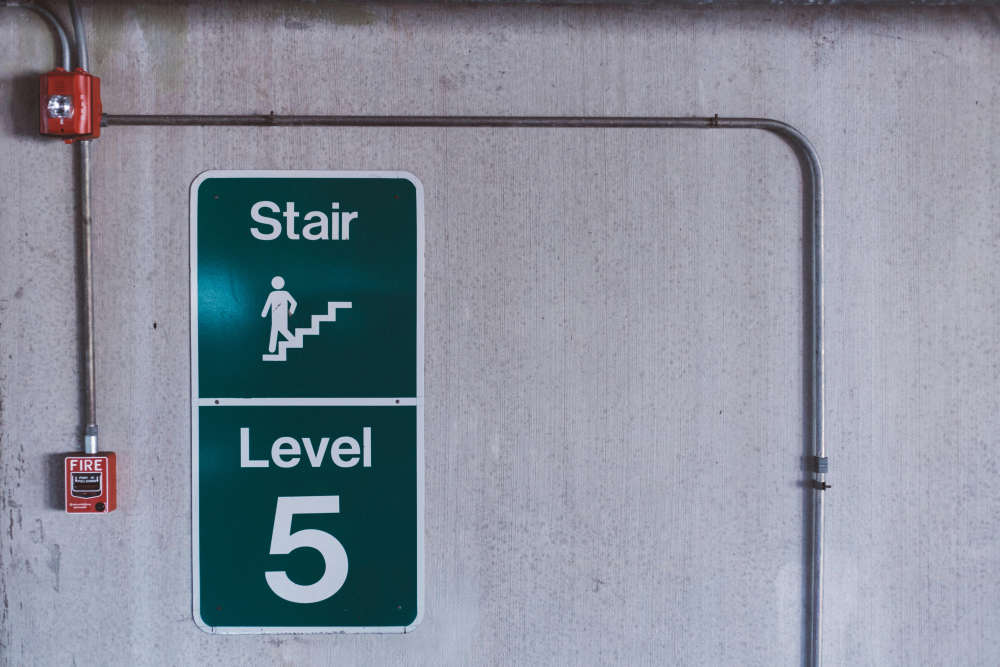Fire Safety Signage: Communicating Risks and Emergency Exits
Fire safety signage is vital for protecting lives by clearly conveying risks and directing individuals to emergency exits during a fire. Proper signage ensures that everyone in a building can swiftly and safely find their way out, even in stressful and confusing situations. This article discusses the importance of fire safety signage, the different types of signs used, and essential considerations for their placement and upkeep.
The Importance of Fire Safety Signage
Fire safety signage is integral to a building’s overall fire safety strategy. It serves multiple functions, including:
1. Risk Communication: Signage alerts occupants to potential fire hazards, such as flammable materials or high-risk areas like kitchens or chemical storage rooms.
2. Guiding Evacuation: In the event of a fire, clear and visible signs direct people towards the nearest emergency exits, ensuring a swift and orderly evacuation.
3. Providing Instructions: Signs can provide crucial instructions on the use of fire safety equipment. You can find a range of fire extinguishers at seton.co.uk, and it is important that the signage indicates where the nearest extinguisher is and the types of fires it can be used on.
Types of Fire Safety Signage
Fire safety signage can be categorised into several types, each serving a specific purpose:
1. Warning Signs: These signs alert occupants to potential fire hazards. They typically feature a yellow background with black symbols or text, making them easily recognisable. Common examples include signs for flammable materials and high-voltage areas.
2. Mandatory Signs: These indicate actions that must be taken to ensure safety. They are usually blue with white symbols or text. Examples include signs instructing to keep fire doors closed or to use specific exits in case of fire.
3. Prohibition Signs: These signs indicate actions that are not allowed, helping to prevent behaviours that could increase fire risk. They typically feature a red circle with a diagonal line through it. Common examples include no smoking signs and no naked flames.
4. Emergency Exit Signs: These are critical for guiding occupants to safety. They feature a green background with white symbols, often showing a running figure and an arrow pointing towards the exit. Illuminated exit signs are especially important in low-visibility conditions.
5. Fire Equipment Signs: These signs identify the location of fire safety equipment, such as extinguishers, hoses, and alarms. They usually have a red background with white symbols or text.
Key Considerations for Placement
For fire safety signage to be effective, proper placement is essential. Key considerations include:
1. Visibility: Signs should be clearly visible from all relevant areas. They should be positioned at eye level and free from obstructions.
2. Consistency: Consistent use of symbols, colours, and fonts across all signage ensures that messages are easily understood.
3. Illumination: In case of power failure, signs should be illuminated or made from photoluminescent materials to remain visible in low light or smoky conditions.
4. Regular Maintenance: Regular checks and maintenance are necessary to ensure that signs are in good condition and up to date. Damaged or faded signs should be replaced promptly.
Maintenance and Compliance
Ensuring that fire safety signage is maintained and compliant with relevant regulations is crucial. In the UK, compliance with the Health and Safety (Safety Signs and Signals) Regulations 1996 is mandatory. These regulations outline the standards for safety signage, including design, colour, and placement.
Regular audits should be conducted to ensure that all signage is compliant and effective. This includes checking for any new hazards that may require additional signage and ensuring that existing signs are still clearly visible and legible.
Conclusion
Fire safety signage is a vital component of any building’s fire safety plan. By effectively communicating risks and guiding individuals to emergency exits, these signs help prevent injuries and save lives. Proper selection, placement, and maintenance of fire safety signage ensure that it serves its purpose in protecting building occupants during a fire emergency. In a situation where every second counts, clear and effective signage can make all the difference.
Get The App
Weather
-
 Sun
SunHeavy rain shower
12°C
-
 Mon
MonLight rain shower
14°C
-
 Tue
TueSunny intervals
10°C
-
 Wed
WedHeavy Rain
10°C
-
 Thu
ThuSunny intervals
10°C


